ok first sorry about the length of the post, second, the disclaimer:
I
am not a pilot, nor an engineer, nor a person trained or educated in any fashion in aeronautics, [ nor have I portrayed a doctor on stage or screen - large or small and I did not "stay at a Holiday Inn Express last night"


] but I discovered recently at the Combat Air Museum something which totally throws off my pitiful efforts to draw a mutliwinged plane - a bi or tri wing plane
__________________________________________
in order of appearance, the plane or model photographed are:
Nieuport 27 WWI French Biplane Fighter [ 7/8th flying replica ] - "Per Wikipedia, the Nieuport 27 was a French biplane fighter aircraft during World War I designed by Gustave Delage." -
Nieuport 27 Replica
"The Nieuport 27 was a French biplane fighter aircraft during World War I designed by Gustave Delage. The model 27 was the last of the line of Nieuport "V-strut" single seat fighters stemming from the Bébé of early 1916. When introduced, the Nieuport 27 was widely used by the United States Air Service. It was faster than the Nieuport 17 and was armed with twin machine guns. The Nieuport 27 shared the same defect as previous models, it tended to lose fabric from the upper wing. For this reason it was unpopular with pilots and was soon replaced by the new SPAD XIII." -
French Aviation 1917
******************************************
Sopwith Triplane (model) "The stack of three wings reduced wingspan and increased wing area making it handle and climb better than biplanes. Visibility from the cockpit was outstanding but it was slower and less heavily armed than it's German opponents. The Sopwith Triplane was a British single seat fighter aircraft designed and manufactured by the Sopwith Aviation Company during the First World War. Pilots nicknamed it the Tripehound or simply the Tripe. The Triplane became operational with the Royal Naval Air Service in early 1917 and was immediately successful. The Triplane was nevertheless built in comparatively small numbers and was withdrawn from active service as Sopwith Camels arrived in the latter half of 1917. Surviving aircraft continued to serve as operational trainers until the end of the war." -
British Aviation: Fighters 1916
xxxxxxxxxxxxxxxxxxxxxxxxxxxxxxxxxxxxxxxxxxxxxxxx
Airco de Havilland 2 (80% scale replica) - "Developed in 1915, the DH-2 biplane was one of the first effective British fighters of World War One. Designed by Geoffrey de Havilland, the DH-2 was a response to the arrival of the Fokker Eindecker appearing over the Western Front" -
Airco DH-2 [ follow link for a very interesting story IMHO, YMMV ]
"The D.H.2 biplane was Geoffrey de Havilland's second design for the Aircraft Manufacturing Company. This highly successful pusher had good maneuverability with an excellent rate of climb. Mounting the engine to the rear of the fuselage permitted the use of a fixed, forward-firing machine gun before the advent of the synchronous machine gun.
Superior to the Fokker E.III, the D.H.2 helped end the "Fokker Scourge." Well past its prime and almost two years after its introduction, some squadrons of the Royal Flying Corps were still equipped with D.H.2s."
British Aviation: Fighters 1915
-----------------------------------------------------------------------------------------
______________________________________
the first photo shows Nieuport 27 WWI French Biplane Fighter and what I always expected and try to draw: a single top wing extending in one piece from the starboard side of the plane to the port side.
the second photo show the entire model of the Sopwith Triplane and then the third shows the detail of the wings while the fourth shows the Airco de Havilland 2 and fifth show the details of its wing
What what I learned by precise observation- that at least with these types of biplanes or triplanes with a split wing design (one wing going from the fuselage to the starboard and one wing from the fuselage to the port side), the top wings as well as the middle wing on the triplane do not go straight across but are slightly angled as they approach the fuselage toward the rear of the plane.
I have no idea why but when I first saw it, I noticed the model of the triplane first, I thought "how weird and that can't be correct, can it"


 Similar Threads
Similar Threads 










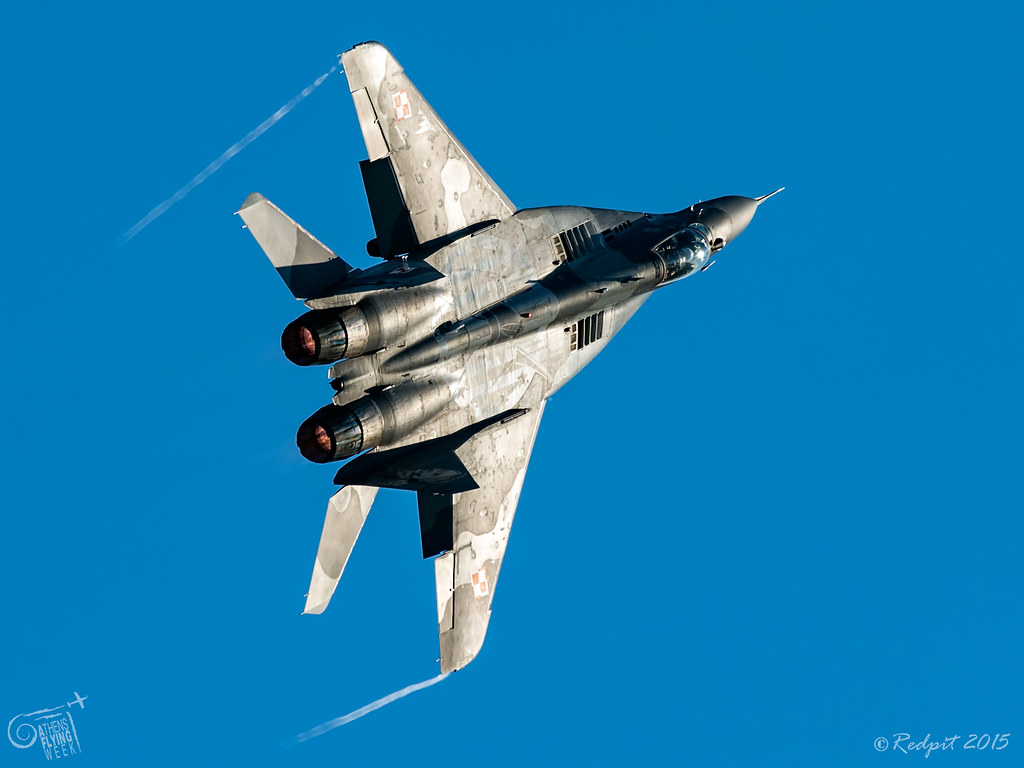
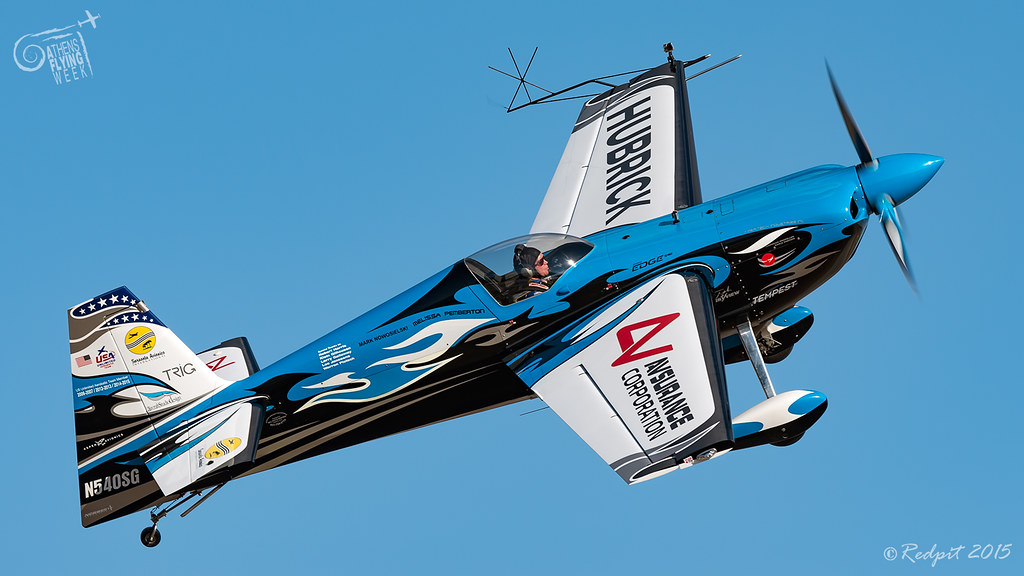
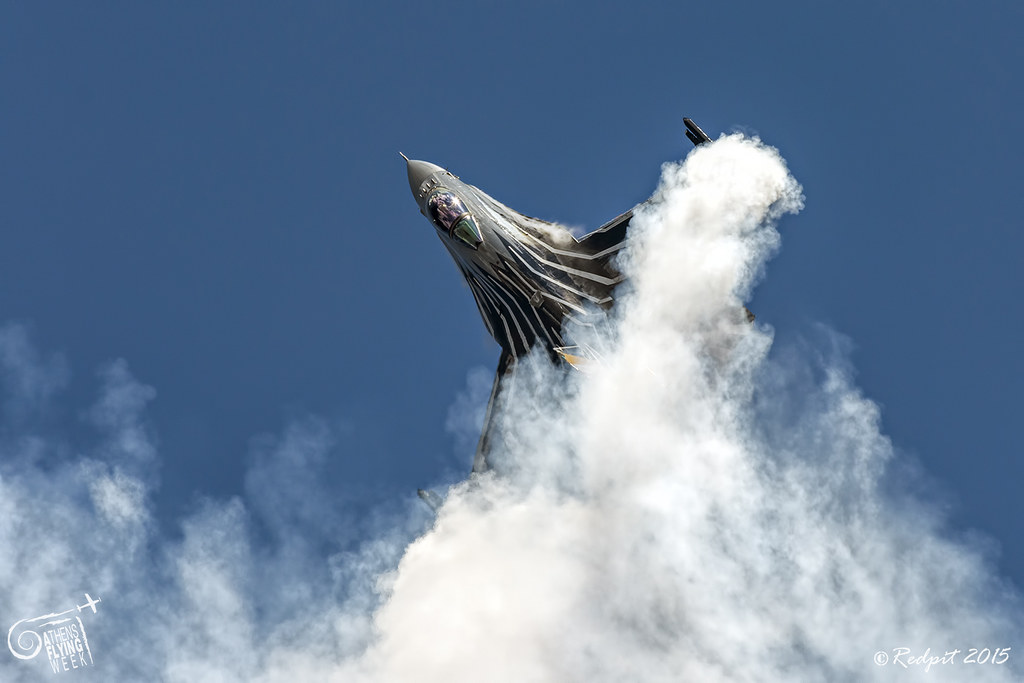
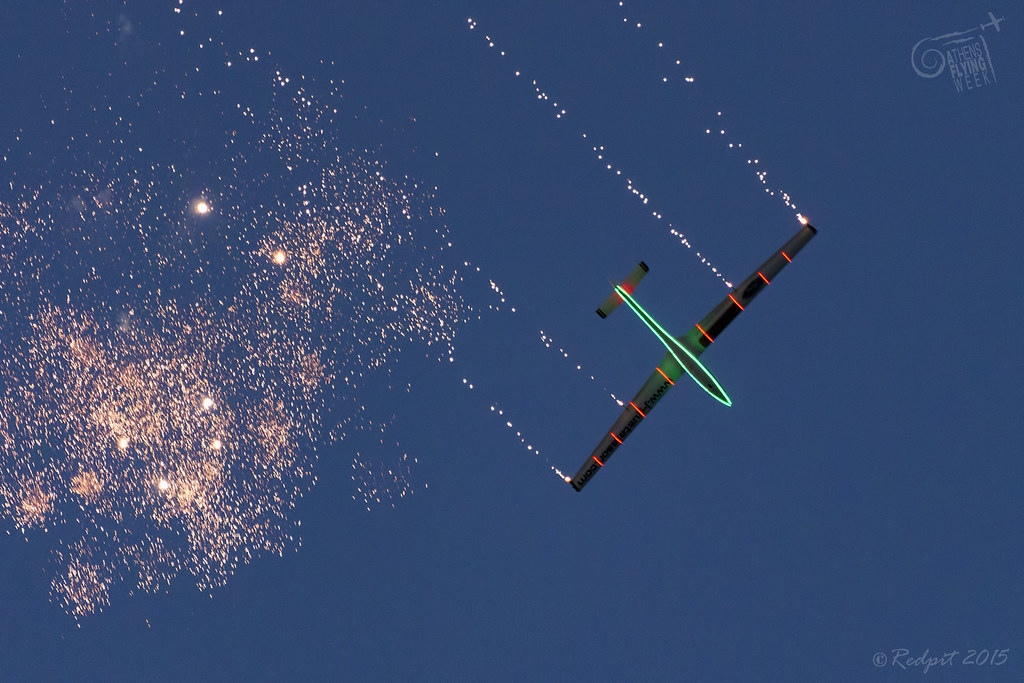
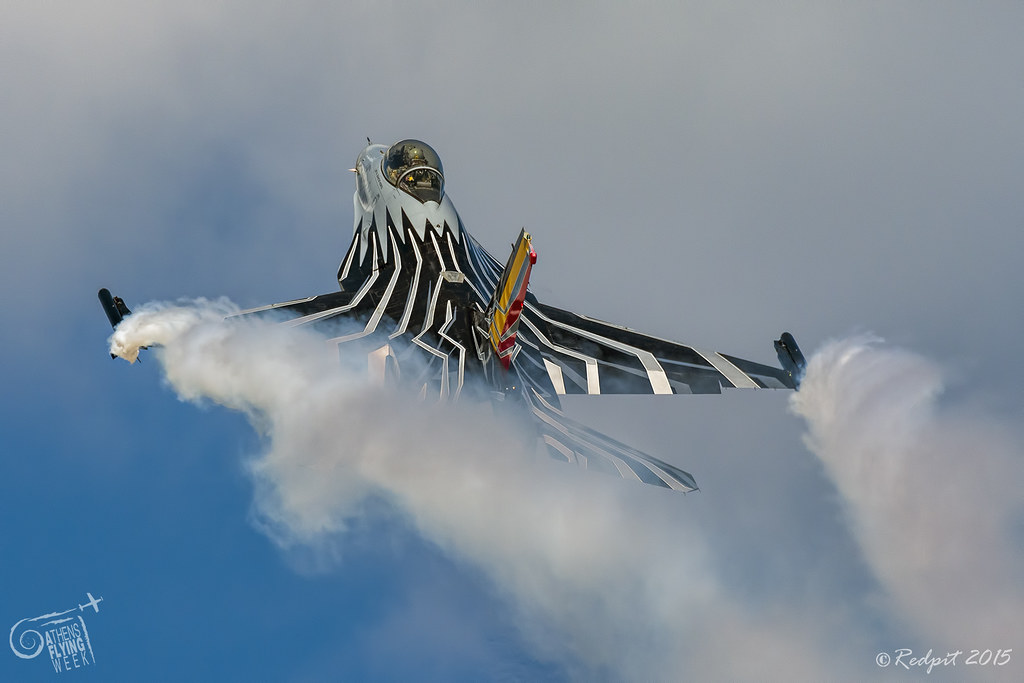





 Post #2253 by Mickmac
Post #2253 by Mickmac








